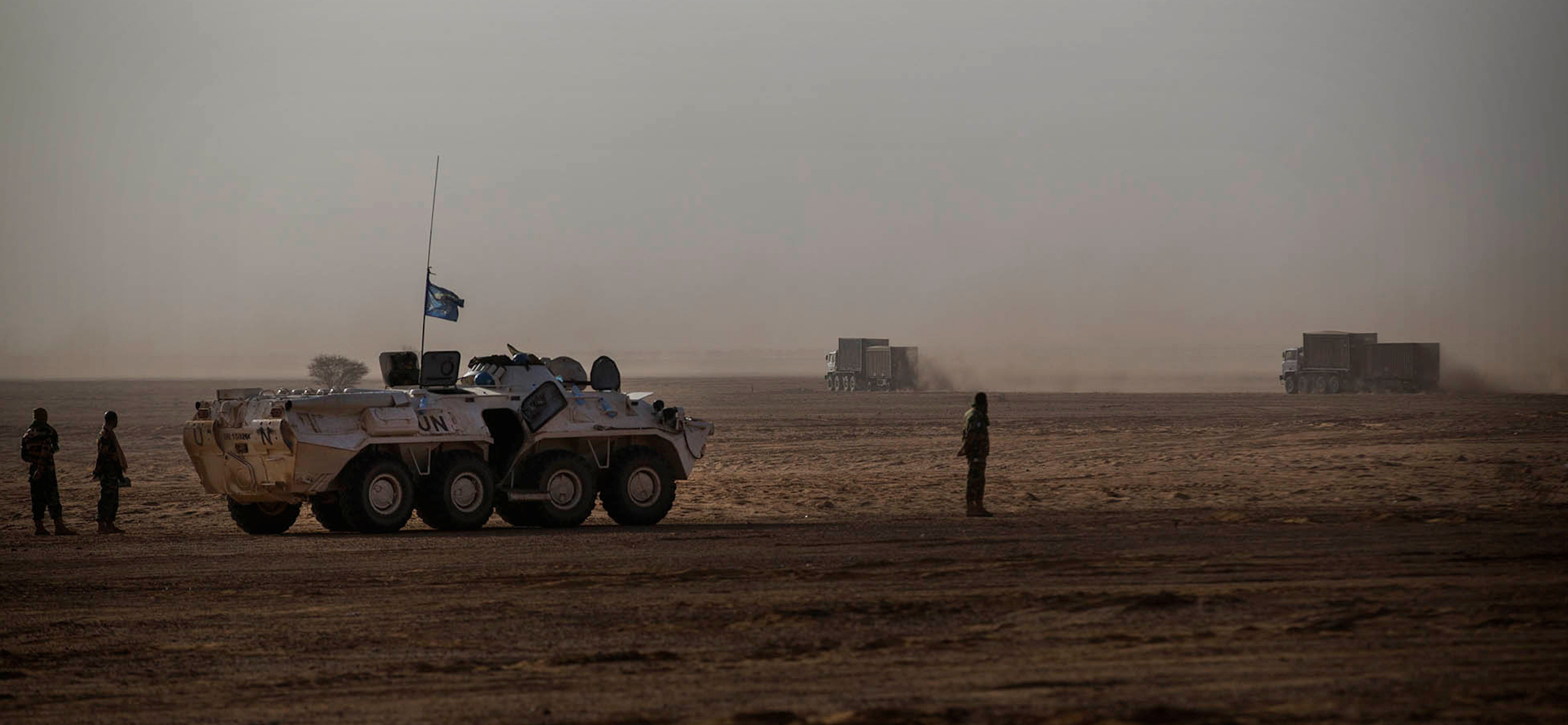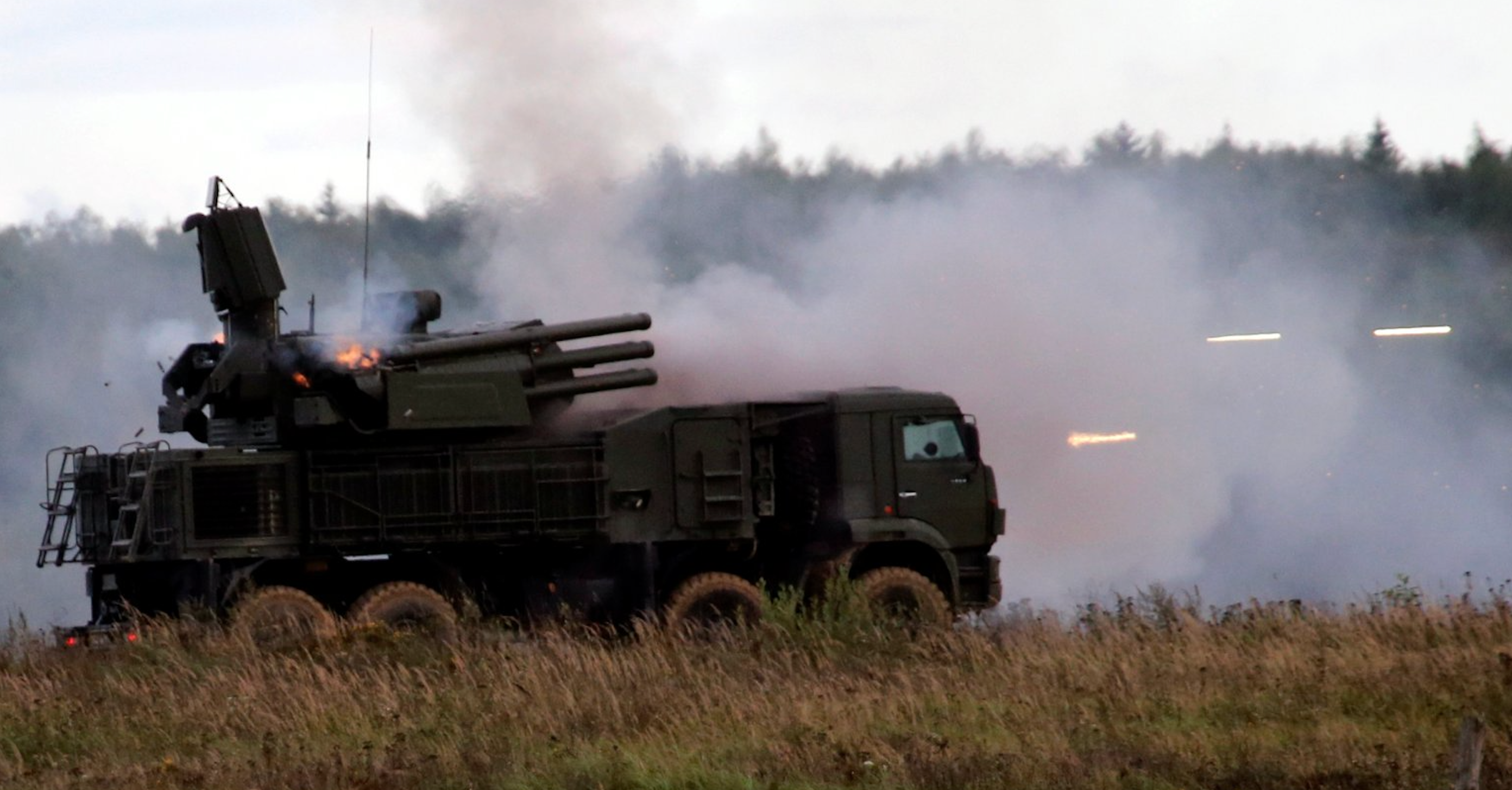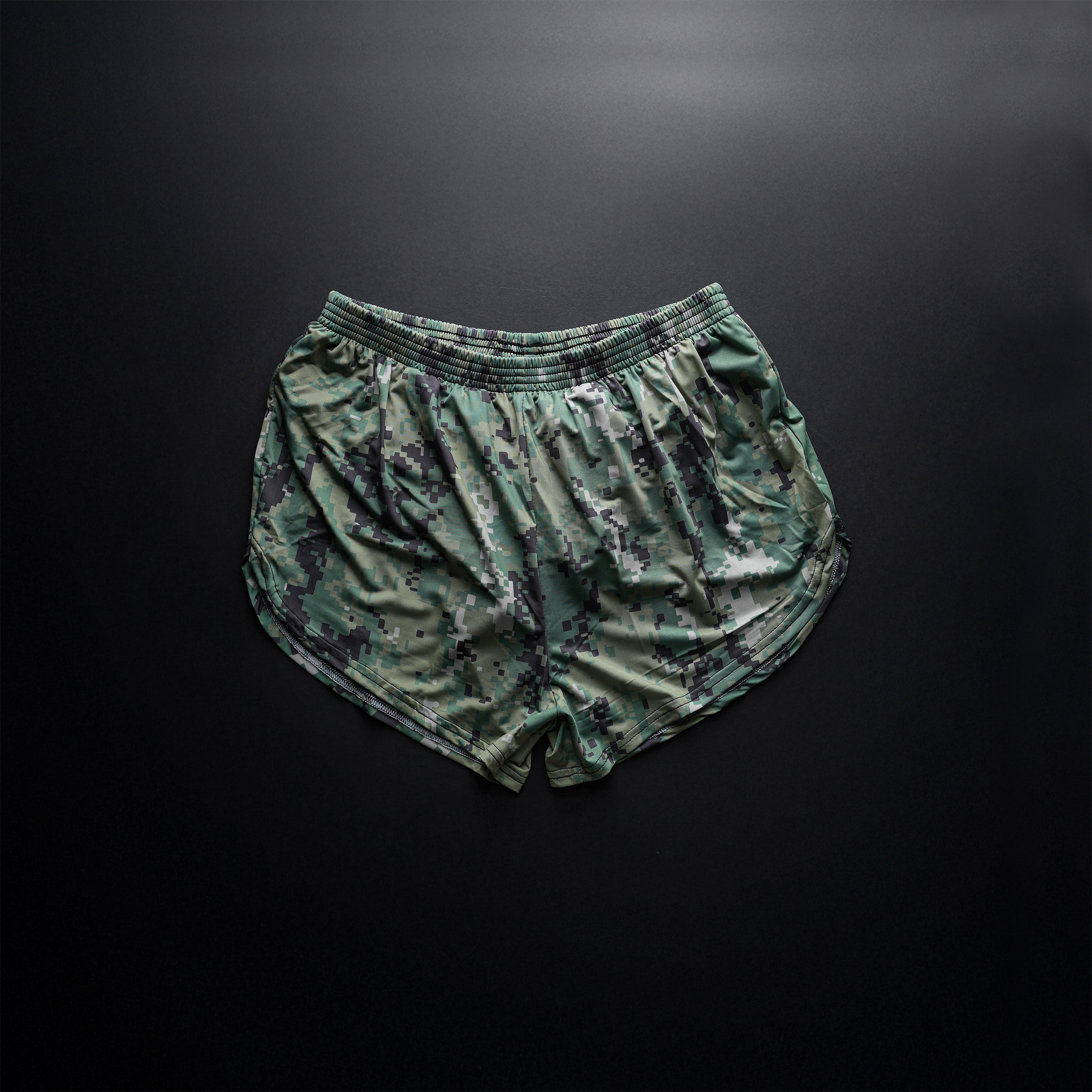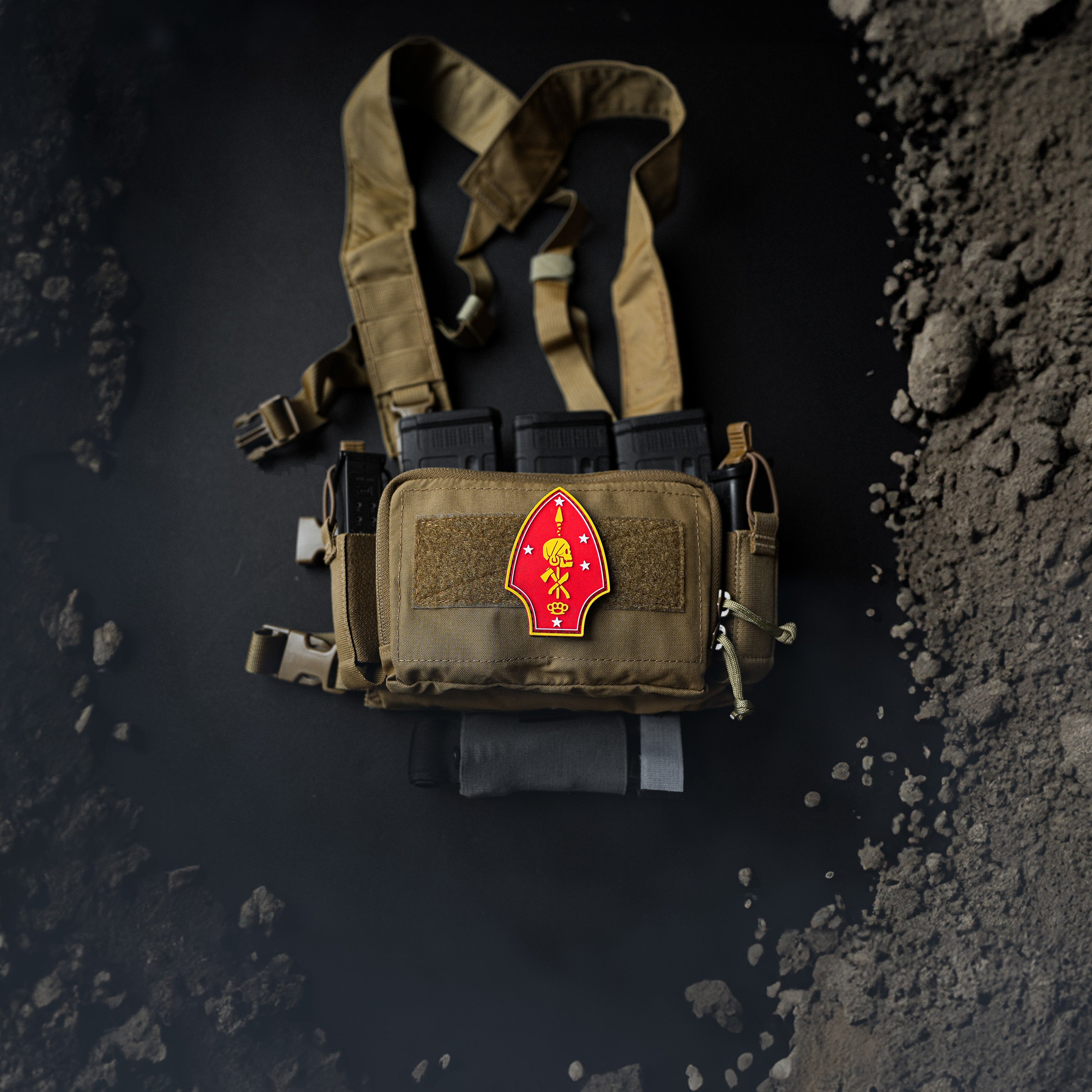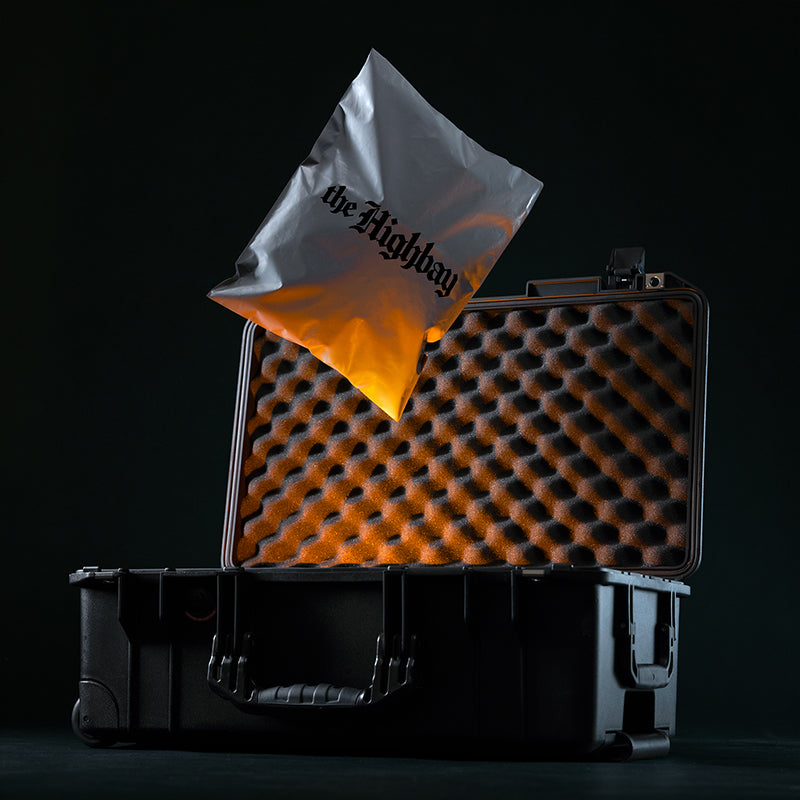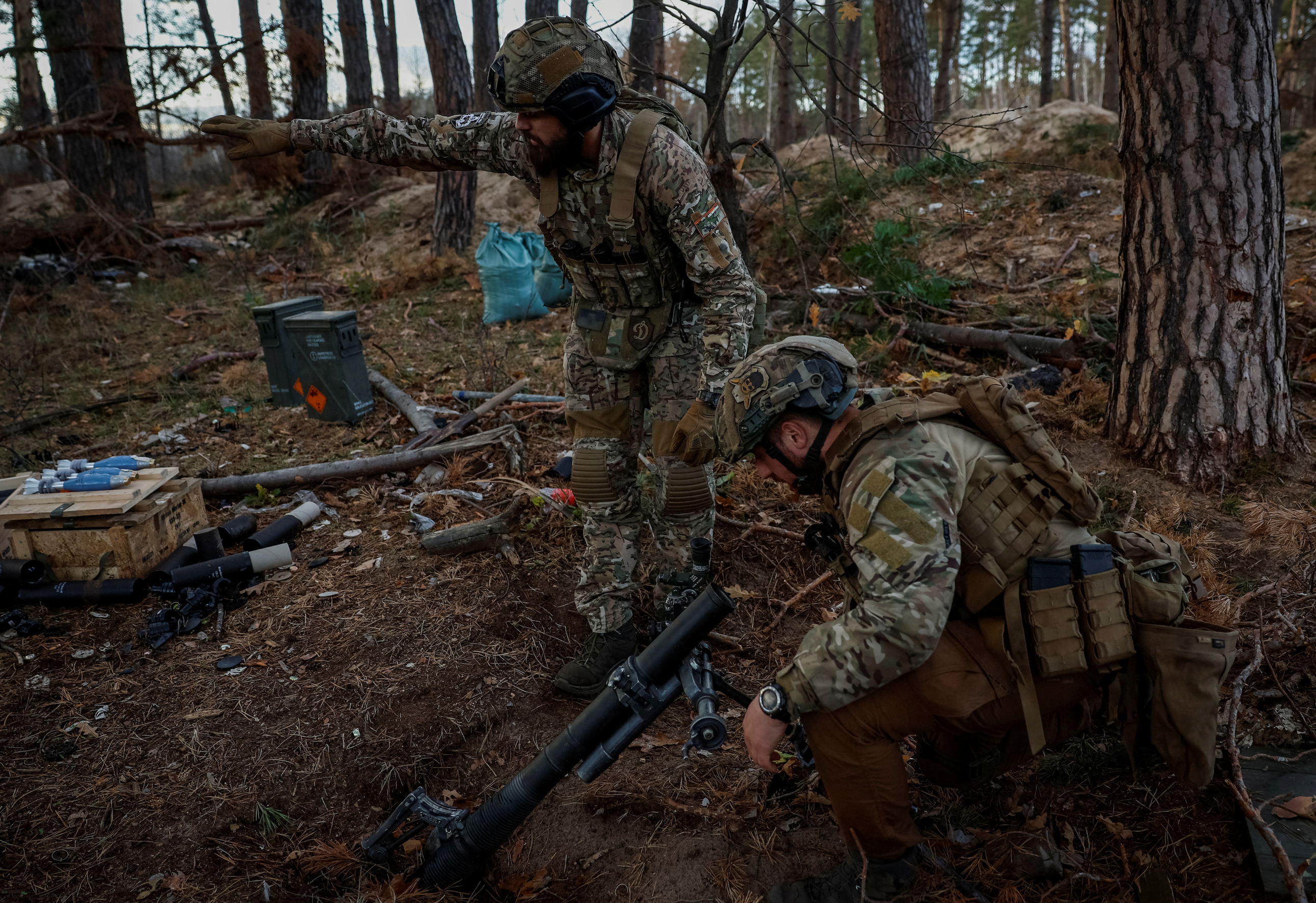
Ukrainian troops battle exhaustion as war drags into second winter
PHOTO CAPTION: Servicemen of the 67th Mechanised Brigade of the Armed Forces of Ukraine prepare to fire a mortar at a position in a frontline near Kreminna, amid Russia's attack on Ukraine, in Luhansk region, Ukraine November 2, 2023. REUTERS/Alina Smutko
By Max Hunder
NEAR KREMINNA, Ukraine (Reuters) - Istoryk, a 26-year-old soldier in eastern Ukraine, finally managed to fall asleep one morning, exhausted from the relentless battles against Russian forces in the pinewood forests near Kreminna.
His rest was cut short just an hour later when a fresh firefight broke out, forcing the senior combat medic back into action in a fierce and lengthy exchange.
"We had a firefight for over 20 hours," said Istoryk, identified by his military call sign. "Non-stop fighting, assaults, evacuations, and you know, I managed it," he told a Reuters reporter visiting his position on Thursday.
"And we all managed it. We aren't very fresh, and right now we need to find strength."
His description of recent clashes, and the fatigue that he and his unit are experiencing, underscore the huge strain that the war, now in its 21st month, is putting on Ukraine's limited resources and on its troops.
The soldiers also know that Russia has a far bigger army and more weapons and ammunition, raising the uncomfortable question of how Ukraine can ever repel the invaders once and for all in Europe's bloodiest conflict since World War Two.
Ukraine's commander-in-chief, Valery Zaluzhnyi, described a "stalemate" on the battlefield in an interview published this week, adding that a protracted, attritional war would favour Russia and could threaten the very state.
Only new capabilities, including more supplies from Western allies as well as locally produced drones, would tip the balance back in Kyiv's favour, Zaluzhnyi said.
The highly respected general's stark assessment coincides with the advent of seasonal rains, which makes it harder to advance over muddy ground, and follows a summer counteroffensive which has liberated far less territory than Kyiv had hoped.
For those in the trenches, while exhaustion is unavoidable, motivation remains strong.
Istoryk, speaking in a broad west Ukrainian accent, recounts his grim experiences with a winning smile.
Asked whether he could continue to fight for another year, or even two, he replied: "I think so. For sure."
FALTERING OFFENSIVE
Istoryk serves in a rifles battalion of the 67th Mechanised Brigade in the Serebryanskyi forest in the Luhansk region. Most of the province is occupied by the Russians.
The ground around the road to the trenches is dotted with craters from incoming shells, and charred trees have snapped in half from the explosions.
Fighting of this kind is raging along the frontlines running from the border with Russia's Belgorod region in the northeast all the way to the Black Sea in the south.
Istoryk said Russia had taken "huge" losses in the area; five Ukrainian soldiers in an evacuation team were also killed by recent shelling nearby, he added.
Reuters could not independently verify his account of casualties, but tens of thousands of troops have died in battle over 20 months of a conflict that shows no sign of ending.
Having focused on defence earlier in the year, Ukraine launched a counteroffensive in June in a bid to wrest back the initiative and cut Russia's supply lines by thrusting south towards the Sea of Azov.
Five months on, that objective remains a distant dream - Ukrainian forces are some 80-90 km from the coast, and extensive Russian defences have so far largely held firm.
More dramatic advances are still possible; last year Russian forces swiftly retreated from positions in Kherson region in early November. But offensive operations could be stymied by muddy conditions.
"It's one thing to run 300 metres to an enemy position in June, and totally another when you are up to your knees in mud, warm clothes, protective gear, a backpack with spare clothes," Colonel Oleksandr Popov, an artillery reconnaissance brigade commander whose units also operate in the area, told Reuters this week.
The drone pilots from his brigade appeared less tired than those in infantry units nearby.
Michael Kofman, Senior Fellow at the Carnegie Endowment for International Peace, said the conflict had reached a "transitional phase" where both sides hold the initiative in different parts of the front.
"Overall, Ukraine's offensive in the south has either culminated or is about to," he said.
ARTILLERY WARFARE
Key battles along the front stretching nearly 1,000 km (620 miles) are raging around the eastern cities of Bakhmut, Avdiivka and Kupiansk, while two main thrusts are taking place in the south - one near Orikhiv and another south of Velyka Novosilka.
Artillery would remain a key weapon in the winter, according to Popov, adding that it was more effective when targets were more static and bare trees provided little camouflage for troops on the ground, something that affected both sides.
While the colonel noted a near three-fold drop in the number of Russian artillery strikes in the Lyman sector of the front last month when compared to October 2022, some experts said that both sides had limited stocks of ammunition.
"My sense is that the artillery advantage that Ukraine had for much of its offensive is now going to recede, and that Ukraine's ammunition availability is going to be constrained," said Kofman.
"Russia will also be forced to conserve ammunition, but will now increasingly benefit from the influx of supply coming from North Korea."
Away from the battlefield, Ukraine has sought to knock out Russian air defences, aircraft and naval assets using long-range missiles supplied by the West, hoping that such attacks make it harder for the enemy to support frontline troops.
Russia, meanwhile, has kept up its bombardment of Ukraine using drones and missiles in what it says is a targeted military campaign but which has killed thousands of civilians and knocked out infrastructure vital for heating, power and transport.
Back in the forests around Lyman, Zakhid, a 26-year-old officer, said the next phase of the war would be tough and a true test of character for the military.
"We're exhausted, they're exhausted. But there are more of them, and they have more equipment."
(Additional reporting by Ivan Lyubysh-Kirdey; Writing by Mike Collett-White; Editing by Gareth Jones)


